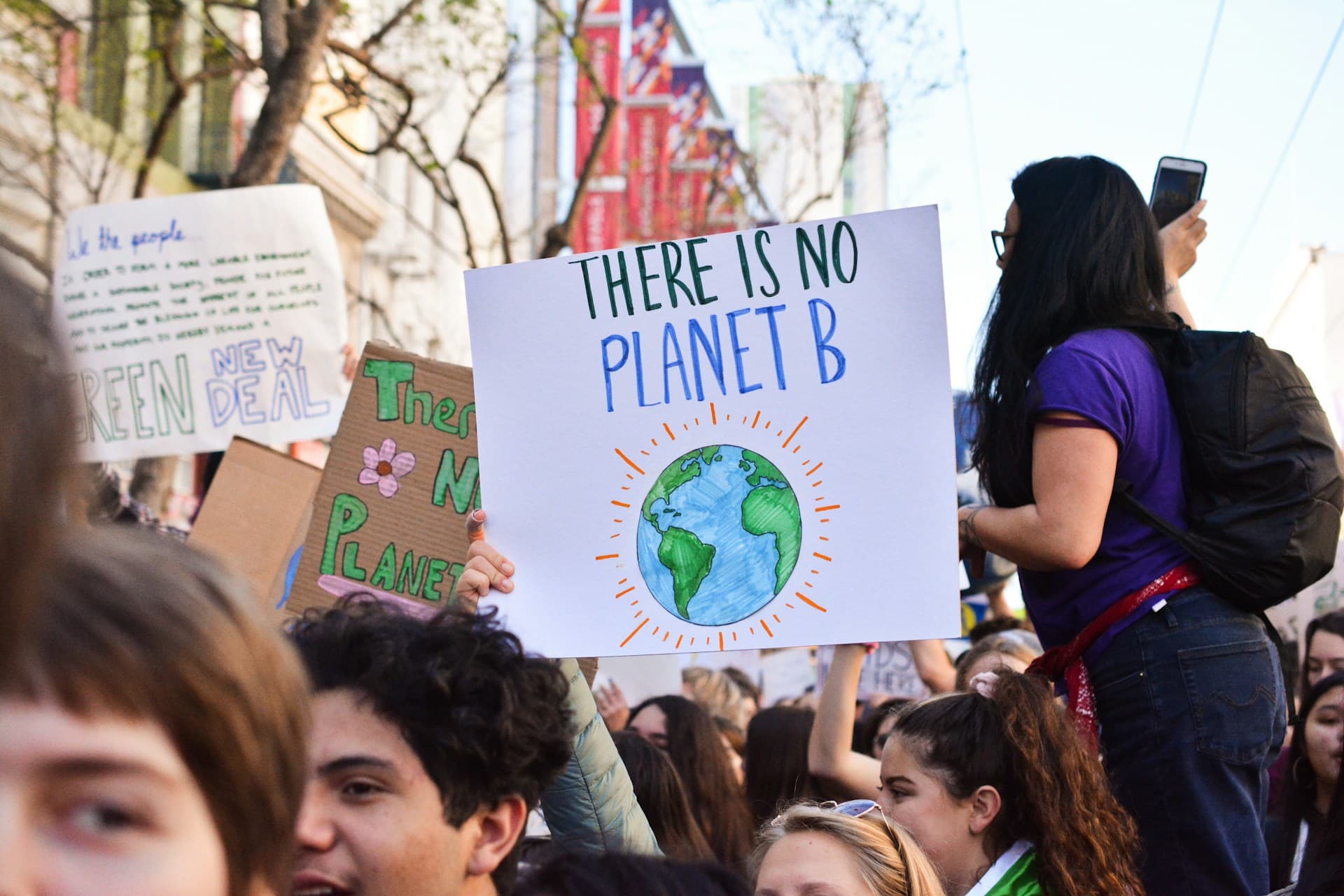Exploring the Role of AI in Climate Change Solutions
Team
Team
As the climate crisis intensifies, researchers and innovators are turning to Artificial Intelligence to develop smarter, faster, and more accurate solutions to environmental challenges. AI offers the potential to make a real impact by analyzing vast datasets, modeling climate patterns, and optimizing resource use.
How AI Helps Combat Climate Change
Climate Modeling: AI can simulate complex climate systems to predict long-term changes and natural disasters.
Energy Optimization: Smart grids powered by AI improve energy distribution and reduce waste.
Carbon Tracking: AI tools help businesses and governments track emissions and implement sustainability plans.
Agriculture: Precision farming uses AI to reduce water, fertilizer, and pesticide use while maximizing yield.
Real-World Applications
Google’s DeepMind uses AI to reduce energy usage in data centers.
IBM’s Green Horizons project forecasts pollution and weather in Chinese cities.
AI-driven reforestation tools monitor and manage forest health.
Challenges and Considerations
High computational costs and carbon footprint of training large models
Data accuracy and availability in underrepresented regions
Need for interdisciplinary collaboration between scientists, technologists, and policymakers
Conclusion
AI is not a silver bullet, but it’s a critical tool in our climate toolbox. With responsible development and global cooperation, it can help us better understand, mitigate, and adapt to the environmental challenges ahead.
Join the Conversation
What are your thoughts on this perspective? We'd love to hear from you. Share your insights and join the discussion.